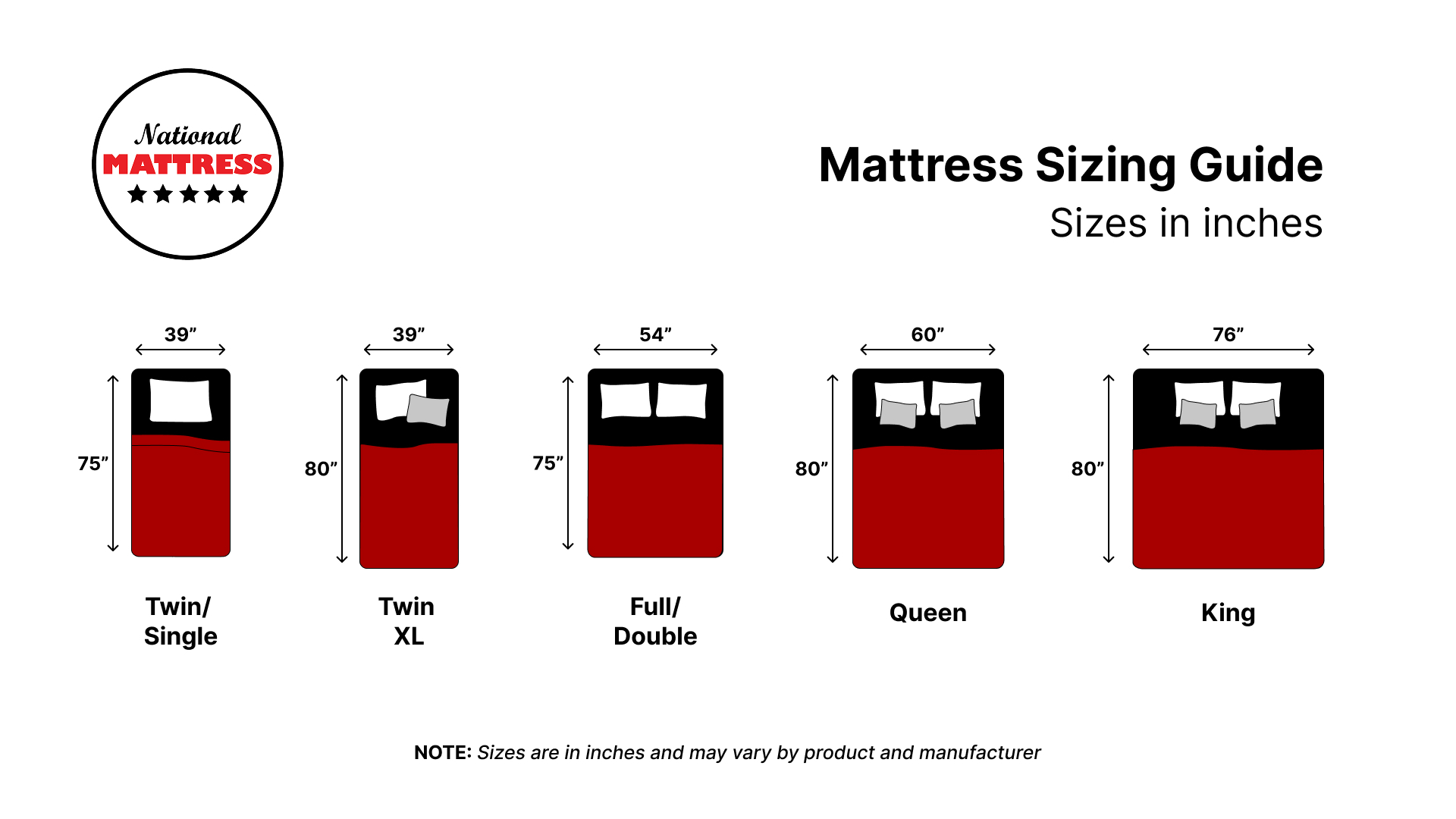
How Often Should You Flip Or Rotate Your Mattress?
When it comes to mattress care, most people don’t think much about maintenance—but a little upkeep can go a long way in preserving your mattress’s lifespan and keeping your sleep quality at its best.
One of the most overlooked (yet beneficial) practices is flipping or rotating your mattress. In this guide, we’ll walk you through which mattresses should be flipped or rotated, why it matters, and how often you should do it to maximize comfort and longevity.
Flippable vs. Rotating Mattresses
First, it’s important to understand whether your mattress is designed to be flipped, rotated, or both. Knowing the difference ensures you’re caring for your mattress correctly and preserving any warranty coverage.
Flippable Mattresses
Flippable mattresses—while becoming less common—are designed with two usable sides. These mattresses are easy to identify, as both sides look nearly identical.
Flippable models can be made from materials like memory foam or pocket coils. One big perk of flippable mattresses is their durability—they tend to last longer because you’re distributing wear across both sides. Many come with extended warranties of 15 to 20 years for this reason.
Rotating Mattresses
Most modern mattresses—especially those with a single-sided design—are meant to be rotated, not flipped. Rotating your mattress helps distribute your body weight evenly over time, which reduces sagging and helps maintain proper support.
Whether your mattress is made from memory foam, latex, hybrid materials, or springs, regular rotation helps prolong its lifespan and keeps it feeling comfortable longer.
Why Flipping and Rotating Your Mattress Matters
Flipping or rotating your mattress helps prevent deep body impressions and uneven wear, both of which can lead to discomfort and poor spinal alignment.
For mattresses with individually wrapped coils, rotating ensures that the same set of coils isn’t always under pressure, which slows down wear. With memory foam, rotating helps even out the softening process caused by body heat and weight.
The bottom line: Regularly flipping or rotating your mattress can extend its lifespan by as much as 30-40%, saving you money and ensuring better sleep quality in the long run.
How Often Should You Flip Your Mattress?
If you have a flippable mattress, plan to flip it once a year, though flipping it every six months can help balance out wear and tear even further.
As always, check your mattress manufacturer’s care recommendations to avoid accidentally voiding your warranty.
Most modern mattresses, particularly one-sided designs, should not be flipped—but they still need regular rotation.
How Often Should You Rotate Your Mattress?
For single-sided mattresses, the general guideline is to rotate your mattress 180 degrees every six months. This practice helps your mattress wear evenly and maintains its ability to properly support your body.
As with flipping, always consult your mattress manufacturer’s specific recommendations to ensure you’re following the proper care routine.
Which Mattresses Should NOT Be Rotated?
Certain specialized mattresses, such as those with zoned support systems, may not be designed for rotation. These mattresses feature targeted support zones under areas like your hips and shoulders, which could be compromised if the mattress is rotated.
For these types of mattresses, rotation could misalign the supportive zones, reducing comfort and support. Always check the care instructions provided by your mattress manufacturer if you have a zoned support mattress.
Final Takeaway
Taking the time to flip or rotate your mattress can make a huge difference in both its lifespan and your sleep quality. By following these simple maintenance guidelines, you can help slow down wear, prevent sagging, and extend the comfort and support of your mattress for years to come.
Flipping and rotating isn’t just easy—it’s a smart way to protect your investment and ensure every night of sleep is as comfortable as possible.


